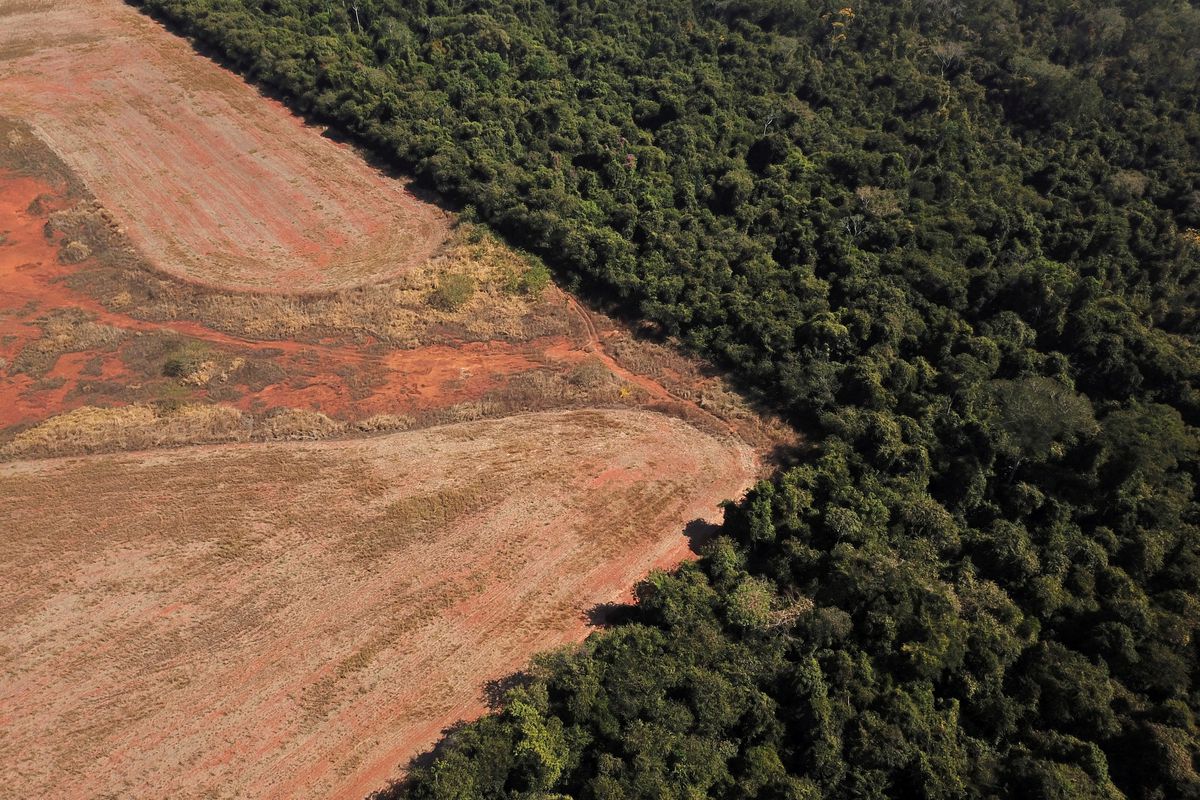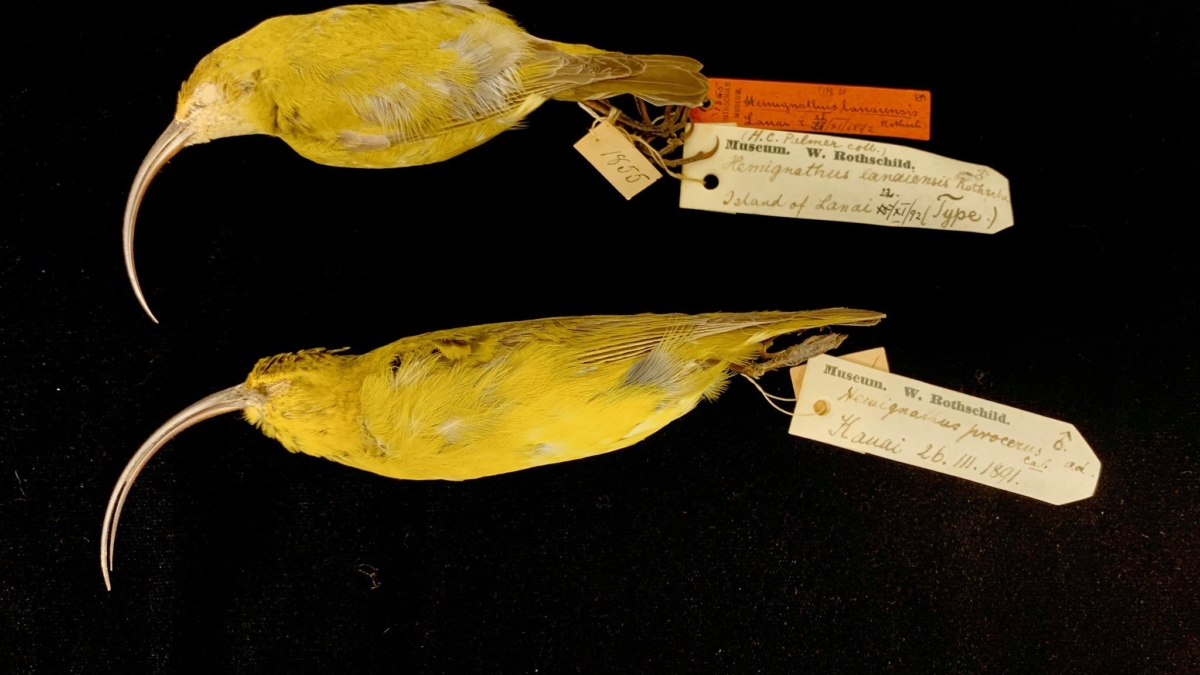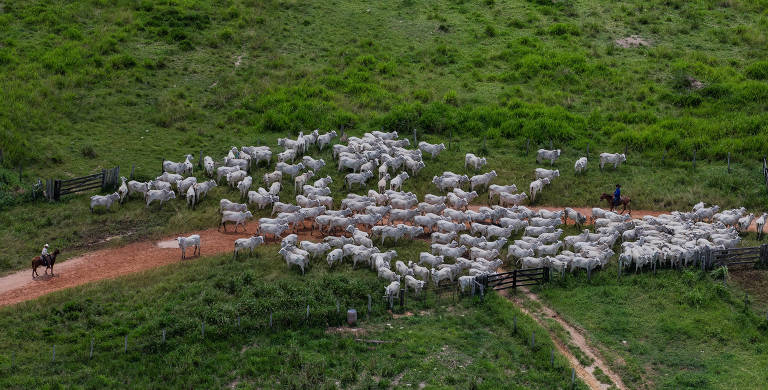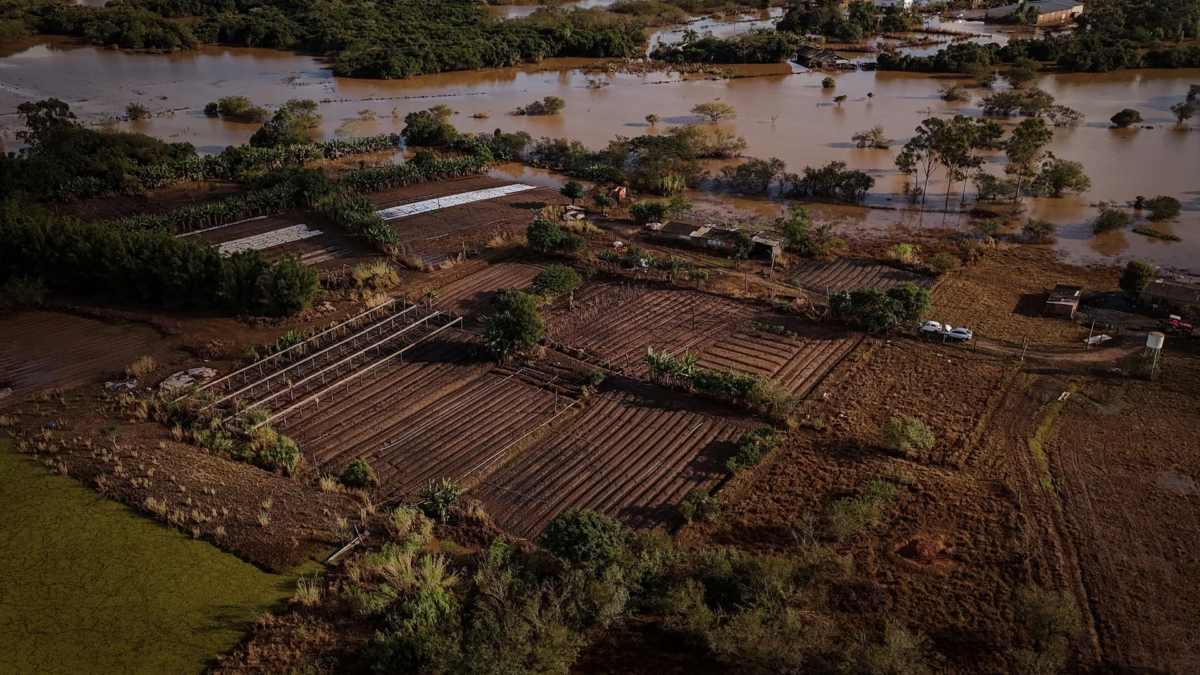Deforestation of Brazilian savanna surged 25 percent in one year – “More than 10,000 square km is a scary number”

By Jake Spring
13 December 2022
SAO PAULO, Dec 13 (Reuters) – Deforestation in the world’s most biologically diverse savanna, the Brazilian Cerrado, rose by around 25 percent in the 12 months through July from the previous period, two people familiar with the still unreleased government data told Reuters.
Brazil has yet to publish its official annual figures for Cerrado deforestation, based on satellite analysis by the government’s space research agency Inpe. The sources requested anonymity as the data is not yet public.
Inpe declined to comment. A third source not authorized to speak to the media said the data would be released on Wednesday.
Such an increase would mean more than 10,000 square kilometers (3,861 square miles) of forest and other native savanna vegetation were destroyed in the 12 months, the most since 2015.
“More than 10,000 square km is a scary number,” said Mercedes Bustamante, an ecologist at University of Brasilia.
She said that the data might lead the European Union to reconsider its recently agreed law prohibiting companies from buying products linked to deforestation, which does not apply to most of the Cerrado.
Bustamante said the policies of outgoing President Jair Bolsonaro to weaken environmental protections had contributed to more destruction in the Cerrado, as in the Amazon rainforest. The Cerrado neighbors the Amazon, occupying more than 2 million square kilometers in central Brazil – larger than Mexico.
Bolsonaro’s office did not immediately respond to request for comment.
President-elect Luiz Inacio Lula da Silva, who takes office on Jan. 1, has pledged to end deforestation in the country by 2030, with plans to reverse Bolsonaro’s policies and strengthen environmental law enforcement.
Scientists liken the Cerrado to an upside-down forest because its plants sink deep roots into the ground to survive intense dry seasons. Destroying this biome rich in plant and animal species sends large amounts of carbon dioxide into the atmosphere, driving climate change.
With the advance of Brazil’s agricultural frontier since the 1970s, much of the Cerrado has been cut down to raise cattle and grow soybeans and corn, destroying roughly half of the savanna’s native vegetation.
“The Cerrado has a unique richness of species and … has been devastated at a frightening pace in recent decades,” said Mariana Napolitano, science manager at advocacy group WWF-Brasil.

Farm-driven deforestation
The Brazilian savanna is now a major concern for top grains traders, who have broadly pledged to eliminate deforestation from their supply chains by 2025.
Under Brazil’s forestry code, landowners in the Cerrado can deforest up to 80% of their land legally, depending on the location, compared with 20% in the Amazon. But the vast majority of the deforestation remains illegal as many farmers skip bureaucratic process of getting permits to clear their legal quota.
Advisors to Lula have met with the soy industry representatives to discuss a new pact to stop deforestation in the Cerrado savanna, modeled on a similar agreement for the Amazon.
“Consumers of agricultural products, especially beef and soy, have a lot of difficulty knowing the origin of their products,” said Yuri Salmona, director of the Brazilian non-profit Cerrados Institute.
The sources discussed Cerrado deforestation data from Brazil’s PRODES program, which produces annual data that is far more accurate than rapid alert data published on a weekly and monthly basis.
The program measures deforestation in the region from August to July to minimize clouds obscuring the destruction.
An Inpe official said earlier this year that Brazil would soon stop publishing PRODES Cerrado data due to lack of funding. On Wednesday, the space research agency said in a statement that it had received 15 million reais ($2.83 million) from a government-run science fund to continue monitoring the Cerrado for three years.
Exclusive: Deforestation of Brazilian savanna surged 25 percent in one year, sources say


